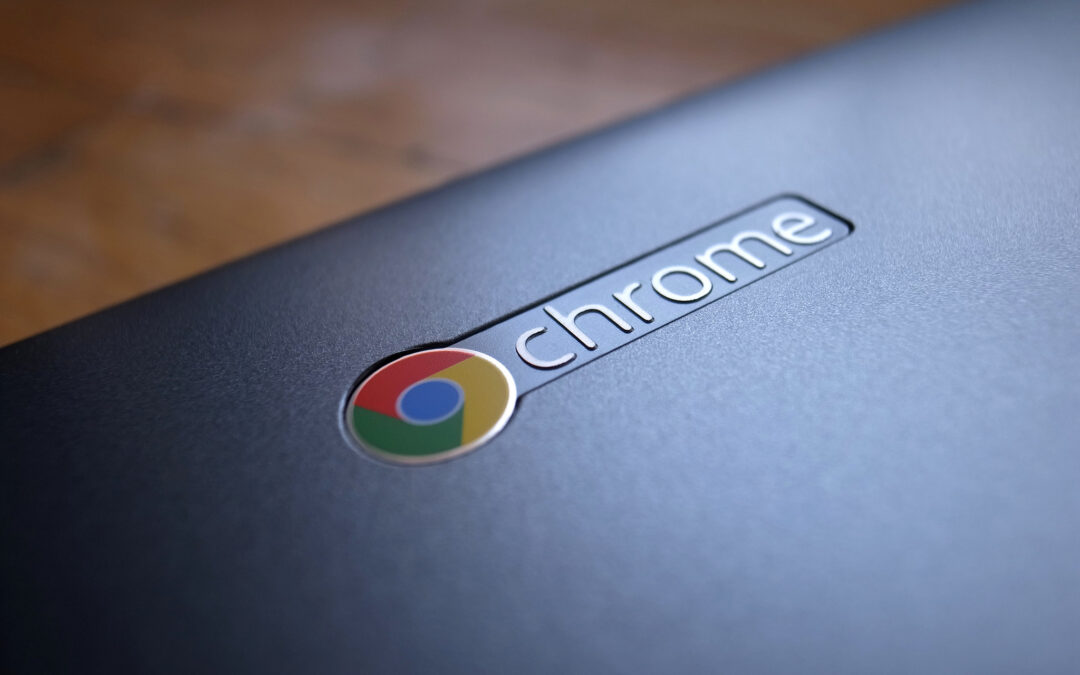Last week, Google hosted its annual conference for developers, Google IO. There, Google made many announcements about upcoming products and enhancements of their vast software and tools like.
As in past conferences, there were many announcements that could have long-range impacts on schools, including more functionality for Google Now, a new messaging app, and more details about Google’s work in virtual reality.
There was one particular announcement that could have massive, lasting impact in schools: Google will add the Google Play store and Android Apps to the Chromebook platform!
I have personally carried a Chromebook as my mostly-daily driver since 2014 when my beloved MacBook Air lost a battle with a venti Americano (to be fair, I do use a traditional laptop for presentations and I have an iMac on my desk at work). Since that time, I have learned how to tweak my Chrome profiles to be fast, efficient and productive, despite the lack of access to desktop apps. I use both Google Drive (including Docs, Sheets and Slides) and the web-based version of Office 365; both work quite well. I have found good-enough web apps for everyday projects like touching photos, making simple graphics and recording audio and screencasts.
So… what’s this mean to schools? Chromebooks are the #1 selling device in schools. In fact, outside of schools, Chromebooks are now outselling Mac. That’s right… Macs!!!
Instead of relying on the Chrome store, which some argue has been less than successful at delivering powerful tools to Chromebook users, Chromebook users may now have access to the nearly two million applications on that platform. This would (hopefully) include the very functional Microsoft Office 365 apps, the many high-quality image manipulation applications, the many media-access applications and some industrial-level distraction.
One would hope and presume that this will integrate well into well in the Google Apps for Education administrative platform, which means an administrator could easily roll out a handful of Android apps to any Chromebook upon login and provide a powerful suite of tools to students.
Of course, there there limitations. It will only work on recent Chromebooks, which is curious due to the promise to support Chromebooks hardware with software updates five years after release. Even the original Chromebook Pixel, Google’s first high-end Chromebook, is left out, despite its fast processor, expanded RAM, and high quality touchscreen. I know many schools, tempted by the low price of low end Chromebooks, purchased models that featured very modest hardware, and they will not be supported. Sadly, my original Dell Chromebook 11 has been left behind, too.
In any case, this could be a big deal. Watch for these super-cloud devices coming to a classroom near you!
For those of a nerdier persuasion, you can see the Google IO session for developers below. Warning: this is varsity-level nerd, but, there are some great demos here that show off what this might look like!
Image: Luis Roca

